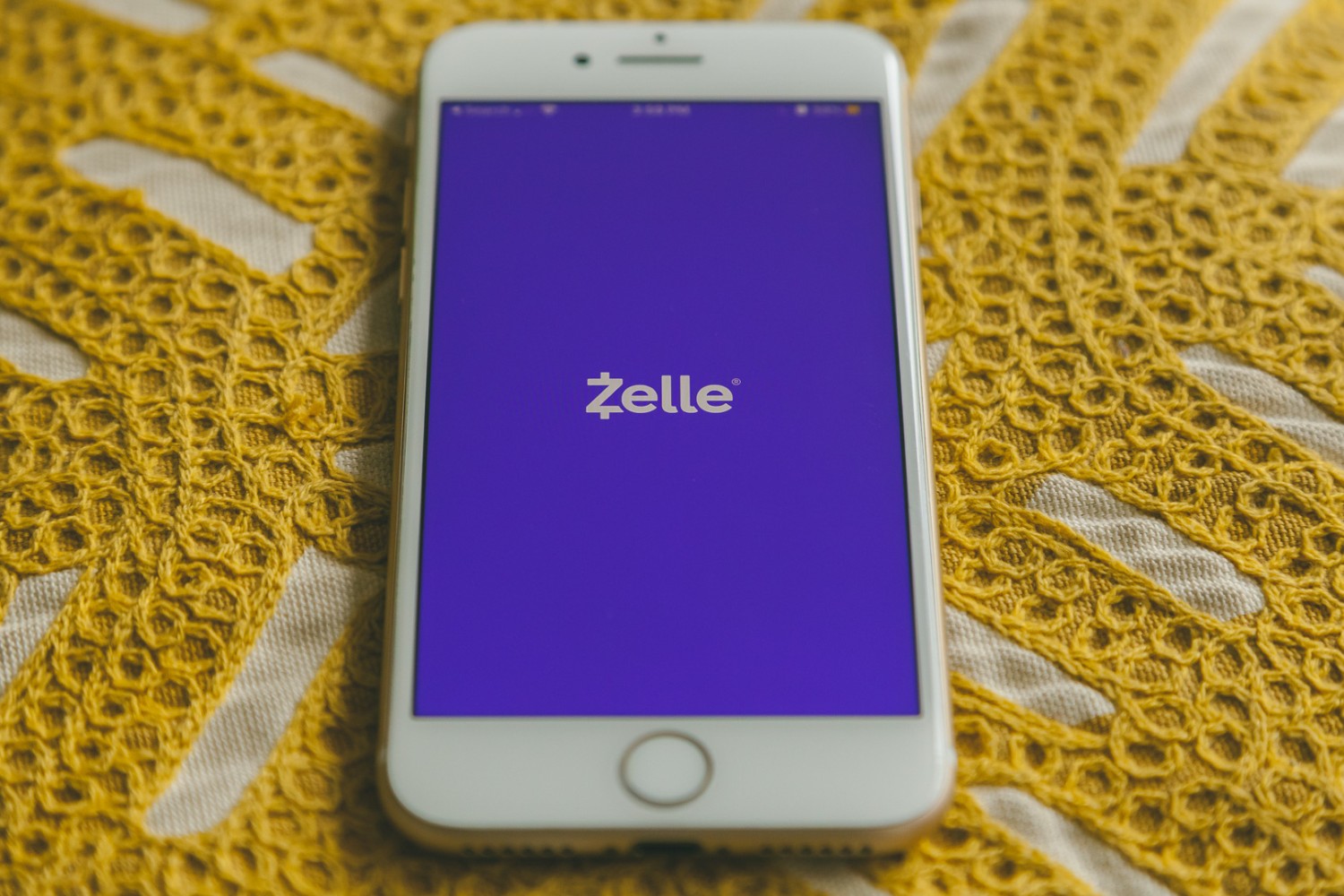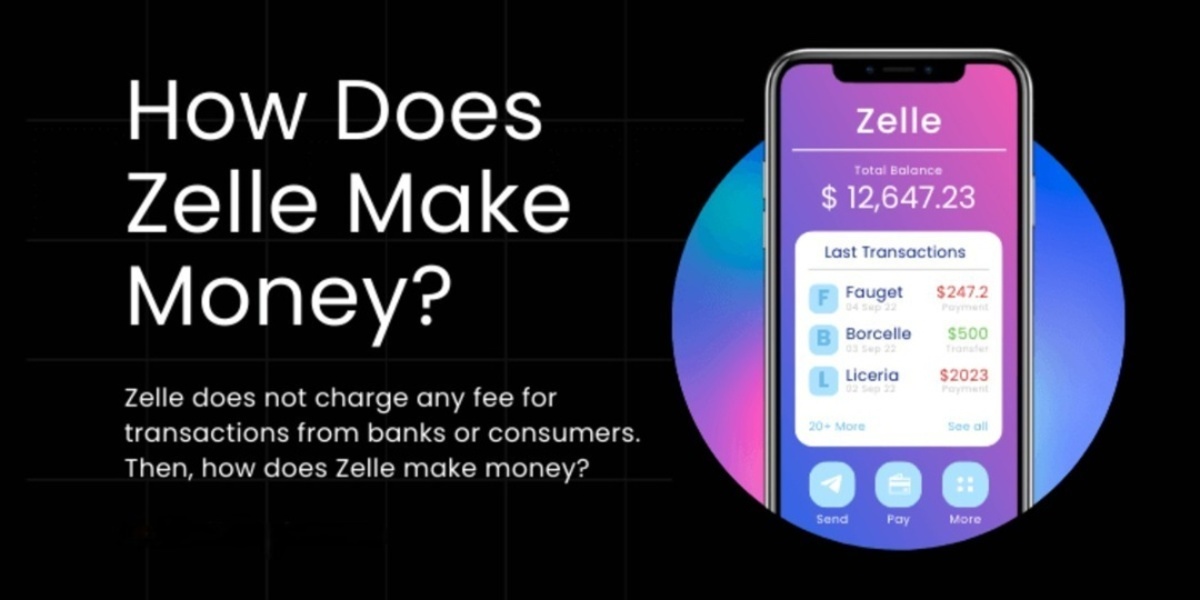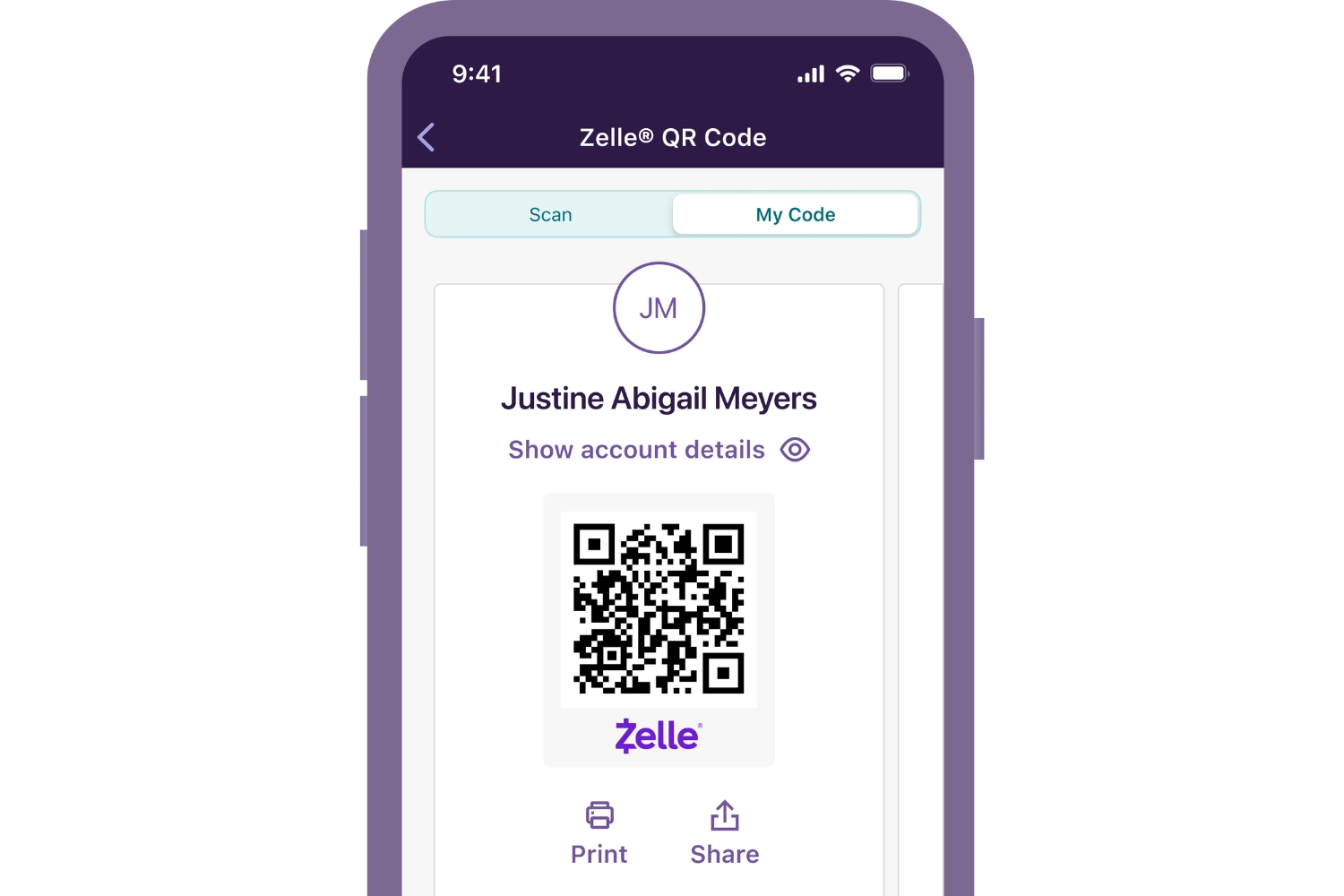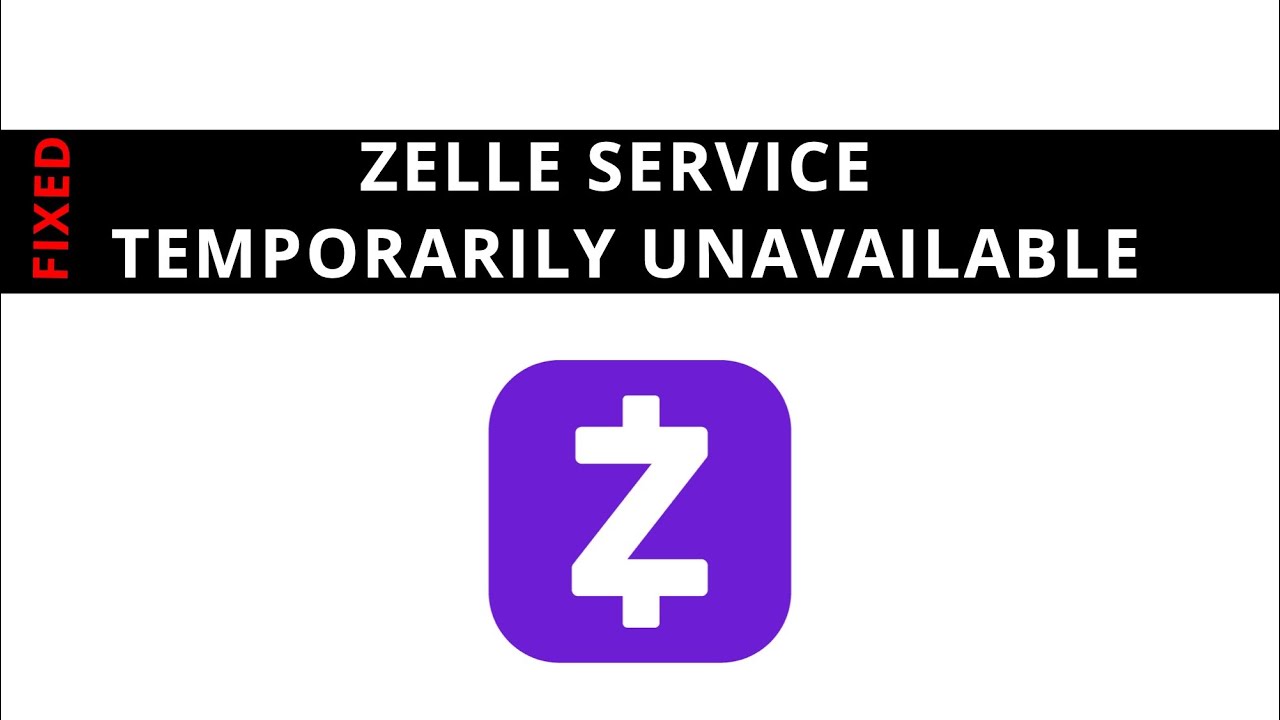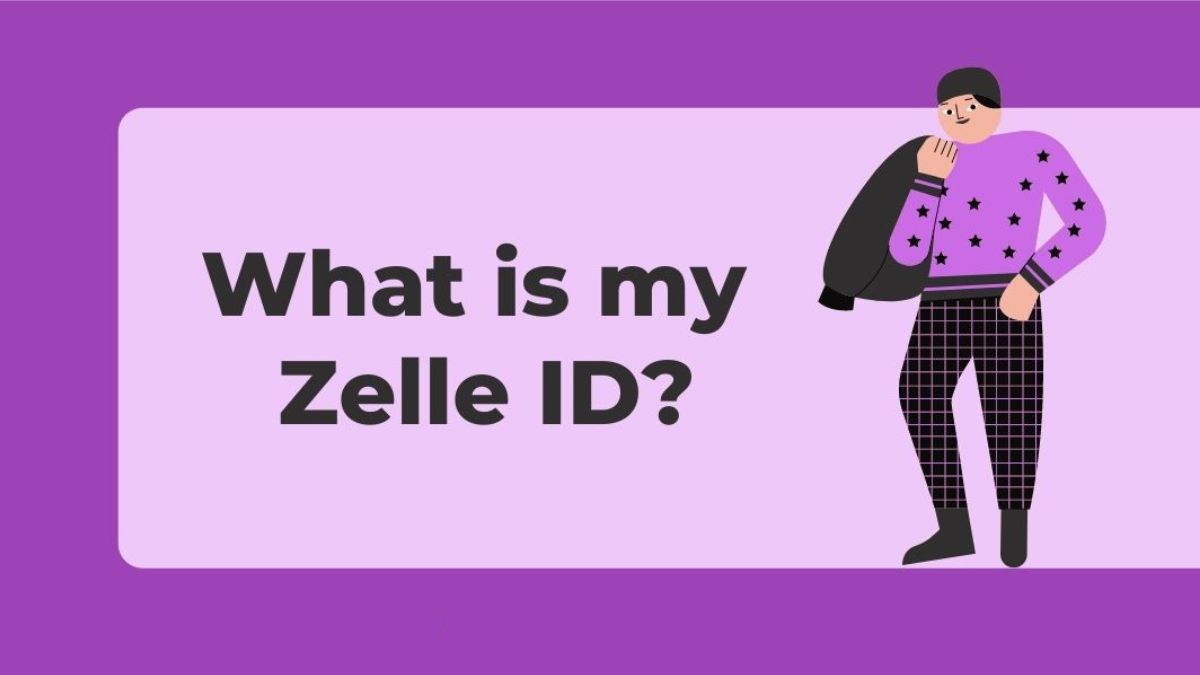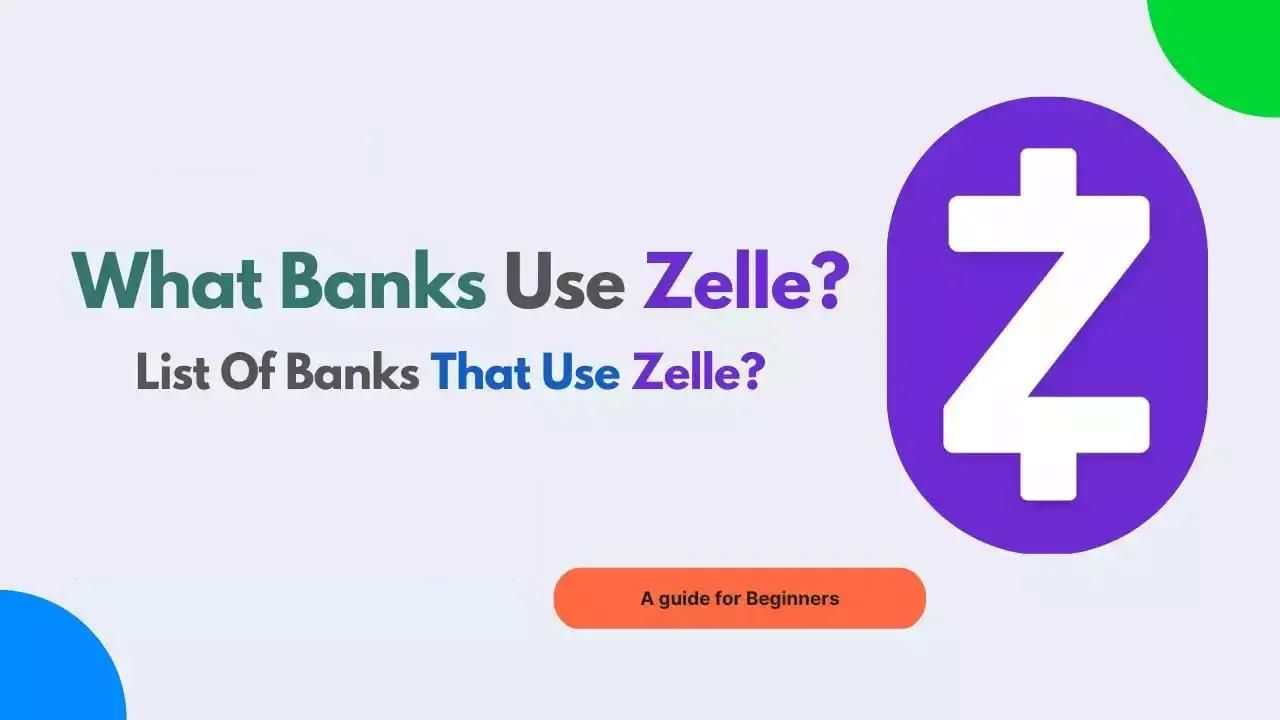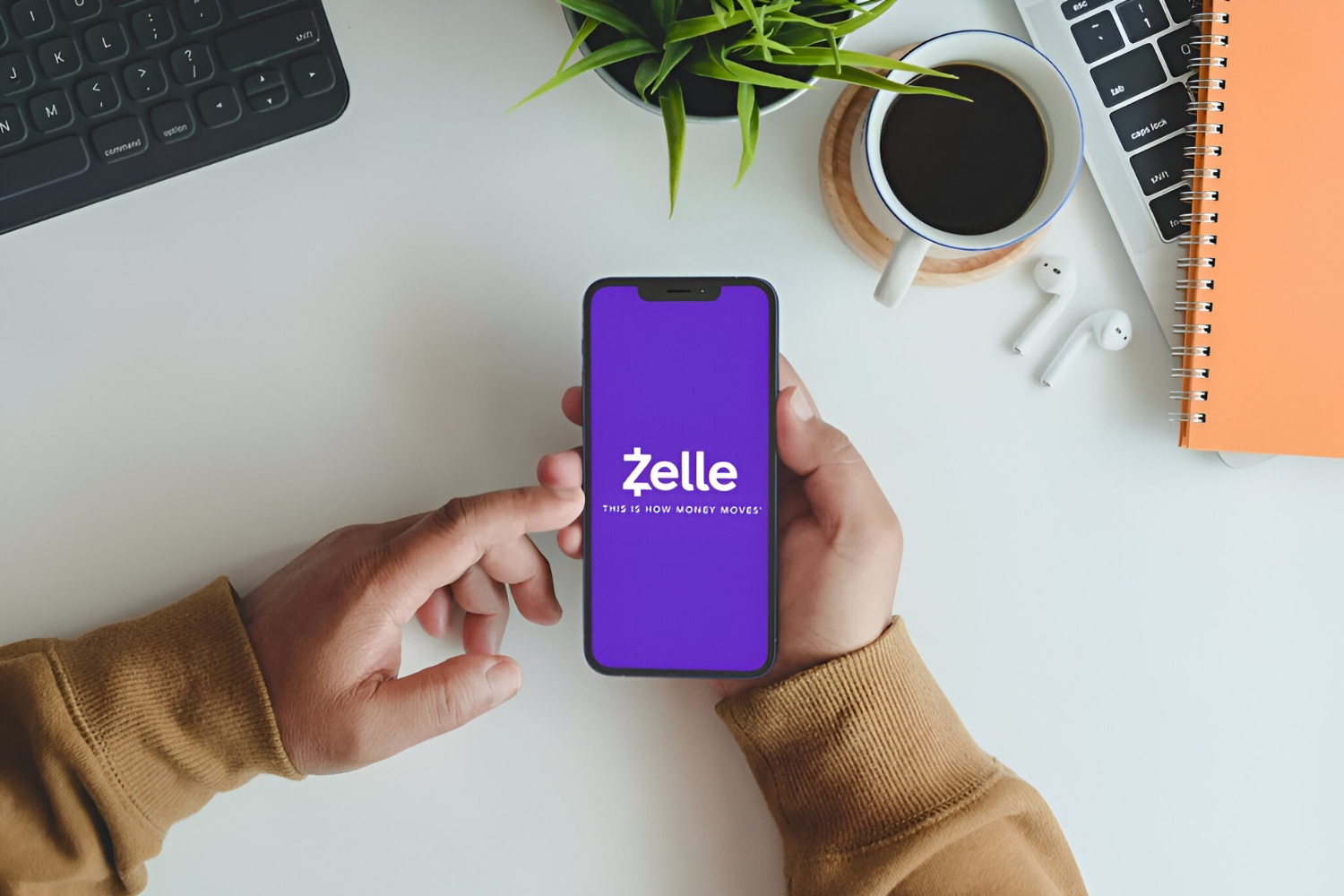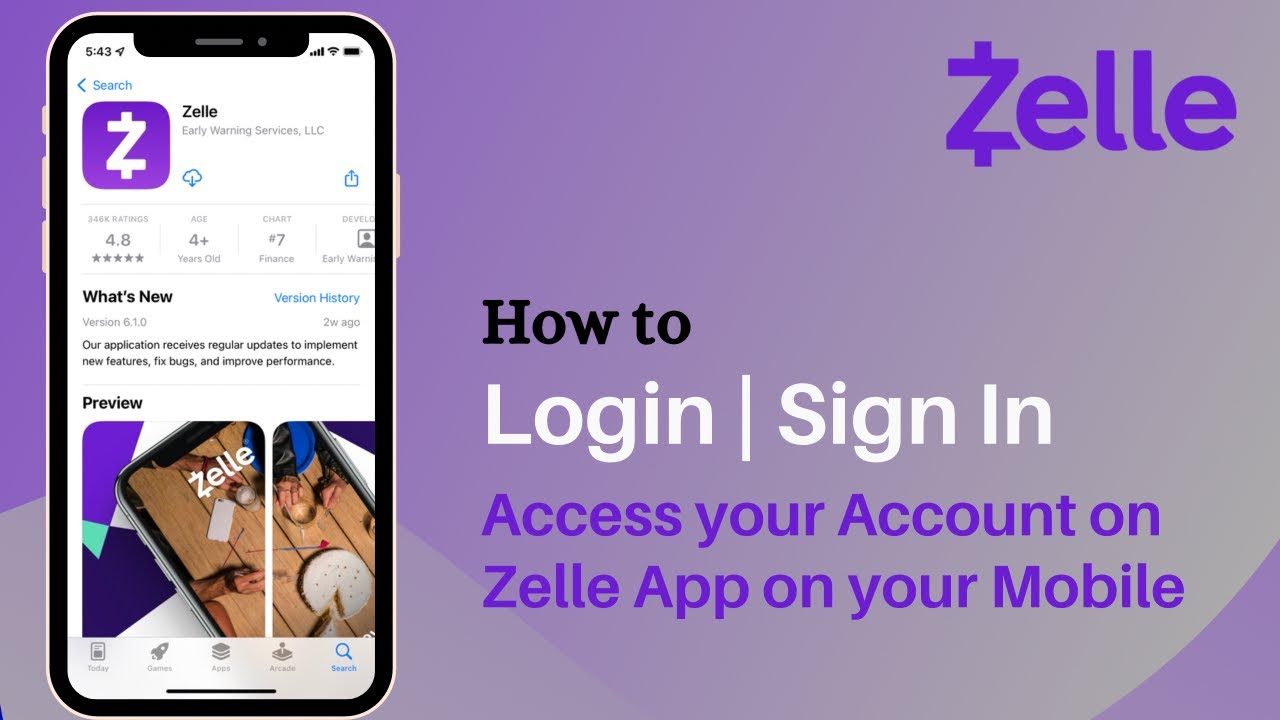Introduction
Welcome to the world of Zelle! In this digital era, sending and receiving money has become easier than ever. With the advent of advanced payment platforms like Zelle, the hassle of writing checks or carrying cash is slowly becoming a thing of the past.
Zelle is a popular person-to-person payment service that allows you to send money directly from your bank account to another individual’s bank account within minutes. Whether you need to split a bill with friends, pay a family member for your share of rent, or contribute to a group gift, Zelle offers a convenient, secure, and efficient way to transfer funds.
In this article, we will explore the various aspects of Zelle, from understanding how it works to setting it up and using it for transactions. We will also discuss important features like payment limits and security measures, as well as provide troubleshooting tips for any potential issues you may encounter along the way.
Whether you’re new to Zelle or a seasoned user looking to enhance your knowledge, this guide will serve as a valuable resource to help you navigate the world of digital payments effectively.
So, let’s dive in and discover how Zelle can simplify money transfers and make your financial transactions seamless and stress-free!
What is Zelle?
Zelle is a person-to-person payment platform that allows you to send and receive money directly from your bank account. Launched in 2017, Zelle has quickly gained popularity as a convenient and secure way to transfer funds electronically.
Unlike other payment apps or services that require you to link a credit card or set up a separate account, Zelle works directly with major banks in the United States. This means that as long as your bank is a participating member of the Zelle network, you can easily send and receive money from your existing bank account.
With Zelle, you can send money to friends, family, or anyone else with a bank account, as long as they are also enrolled with Zelle. The best part is that the transactions are typically completed within minutes, making it an efficient alternative to traditional payment methods like cash or checks.
To use Zelle, all you need is a valid email address or mobile phone number associated with your bank account. Once you have enrolled with Zelle through your bank’s mobile app or website, you can start sending and receiving funds with ease.
Whether you need to reimburse a friend for dinner, split the rent with your roommates, or send money to a family member, Zelle offers a straightforward and hassle-free way to handle all your payments.
It’s important to note that Zelle is exclusive to banks in the United States. If you are residing outside the United States or your bank is not a member of the Zelle network, you may not be able to access this service. However, there are similar payment platforms available internationally, so be sure to explore the options provided by your local banking institutions.
In the next section, we will delve into the inner workings of Zelle and understand how this seamless payment platform functions.
How Does Zelle Work?
Zelle operates by utilizing the existing banking infrastructure to facilitate quick and secure money transfers between individuals. Here’s a step-by-step breakdown of how Zelle works:
- Enrollment: To use Zelle, you need to have an account with a participating bank. Most major banks in the United States offer Zelle as part of their mobile banking services. You can enroll in Zelle through your bank’s mobile app or website by linking your email address or mobile phone number to your bank account.
- Sending Money: Once you are enrolled, you can initiate a money transfer by accessing the Zelle feature within your bank’s mobile app or website. You will need to provide the recipient’s email address or mobile phone number, along with the amount you wish to send. Zelle will then verify whether the recipient is also enrolled with Zelle.
- Recipient Notification: After verifying the recipient’s enrollment, Zelle will send a notification to the recipient via email or text message. The recipient will be instructed on how to accept the funds and choose the bank account where the money should be deposited.
- Funds Availability: Once the recipient accepts the funds, the money will be directly deposited into their bank account. The availability of funds may vary depending on the recipient’s bank, but in most cases, the transfer is completed within minutes.
- Receiving Money: If someone sends money to you via Zelle, you will receive a notification via email or text message. You can then accept the funds and choose the bank account where the money should be deposited. The funds will be credited to your account promptly.
- Transaction History: Zelle keeps a record of all your transactions, allowing you to view a detailed transaction history within your bank’s mobile app or website. This makes it easy to track and manage your payments.
It’s important to note that Zelle is designed solely for person-to-person transactions. It is not intended for commercial purposes or making payments to businesses. If you need to make a payment to a business or merchant, it is recommended to use other payment methods like credit cards or electronic wallets.
With its simple and straightforward process, Zelle has become a go-to solution for millions of users looking for a convenient way to send and receive money quickly.
Now that we understand how Zelle works, let’s move on to the next section, where we will explore the process of setting up Zelle.
Setting Up Zelle
Setting up Zelle is a quick and easy process that can typically be completed through your bank’s mobile app or website. Here’s how you can get started:
- Check Eligibility: Before setting up Zelle, verify if your bank is a member of the Zelle network. Most major U.S. banks offer Zelle as part of their mobile banking services. If your bank is not listed, you may need to explore alternative options or consider opening an account with a participating bank.
- Open a Bank Account: If you don’t already have a bank account, you will need to open one with a participating bank. This can usually be done online or by visiting a branch location. Make sure to gather all necessary documents and identification required by the bank to open an account.
- Download the Mobile App: If your bank offers a mobile banking app, download it from the relevant app store and install it on your smartphone or tablet. You can also access Zelle through your bank’s website if they provide online banking services but don’t have a dedicated app.
- Register for Online Banking: To set up Zelle, you will typically need to register for online banking services offered by your bank. This may involve creating a username and password and verifying your account through a verification code or PIN sent to your email or mobile phone.
- Locate the Zelle Feature: Once you have logged into your bank’s mobile app or online banking portal, navigate to the section where Zelle is located. This could be labeled as “Payments,” “Transfers,” or “Send Money” within the app or website.
- Enroll with Zelle: Follow the prompts to enroll with Zelle. You may be required to provide your email address or mobile phone number, as well as accept the terms and conditions of using Zelle.
- Verify Identity: In some cases, you may need to provide additional identity verification information to complete the Zelle setup process. This could include answering security questions or confirming personal details.
- Add Bank Account: Finally, link your bank account to Zelle by providing the necessary account details. This will allow you to send and receive money directly from your bank account using Zelle.
Once you have completed the setup process, you are ready to start using Zelle for your money transfers. Remember to always keep your login credentials secure and only transact with trusted individuals.
In the next section, we will explore how to utilize Zelle to send money conveniently and efficiently.
Using Zelle to Send Money
When it comes to sending money, Zelle offers a straightforward and efficient process. Here’s a step-by-step guide on how to use Zelle to send money to another person:
- Access Zelle: Log in to your bank’s mobile app or online banking portal and navigate to the Zelle section.
- Select Recipient: Enter the email address or mobile phone number of the person you want to send money to. Make sure you have the correct contact information to avoid any transfer errors.
- Verify Recipient: Zelle will verify if the recipient is enrolled with Zelle. If the recipient is not already registered with Zelle, they will receive a notification explaining how to sign up and accept the funds.
- Enter Amount: Specify the amount of money you want to send. Double-check the amount to ensure accuracy.
- Add Memo (optional): If desired, you can include a brief memo to provide additional information about the payment.
- Confirm and Send: Review your transaction details and confirm that everything is correct. Once you are satisfied, click the “Send” or “Confirm” button to initiate the transfer.
- Recipient Notification: The recipient will receive a notification via email or text message informing them that you have sent them money through Zelle. They will be prompted to accept the funds and specify the bank account where the money should be deposited.
- Transaction Confirmation: Once the recipient accepts the funds, the transaction will be completed, and you will receive a confirmation within your bank’s mobile app or online banking portal. The recipient will also receive a confirmation on their end.
- Transaction History: Zelle keeps a record of all your transactions, allowing you to view the details within your bank’s mobile app or online banking portal. This makes it easy to track your payment activity.
With Zelle, the recipient receives the money almost instantly, typically within minutes. However, it’s important to note that processing times may vary depending on the banks involved and other factors.
Zelle is a convenient solution for effortlessly sending money to friends, family, or anyone else with a bank account. It eliminates the need for cash or checks and provides a fast and secure way to handle your payments.
Now that you know how to send money with Zelle, let’s move on to the next section, where we will explore how to use Zelle to request money from others.
Using Zelle to Request Money
One of the convenient features of Zelle is the ability to request money from others. Whether you need to split expenses or collect payments from friends or family, you can easily use Zelle to request funds. Here’s how:
- Access Zelle: Log in to your bank’s mobile app or online banking portal and navigate to the Zelle section.
- Select Request Money: Look for the “Request Money” or similar option within the Zelle section.
- Provide Recipient’s Information: Enter the email address or mobile phone number of the person from whom you want to request money. Ensure that you have the correct contact details.
- Specify Amount: Indicate the amount of money you are requesting from the recipient. Be clear and accurate in your request to avoid any confusion.
- Add Memo (optional): If needed, you can include a memo to provide more information about the purpose of the requested funds.
- Send the Request: Review the details of the request and click the “Send” or “Submit” button to send the request to the recipient.
- Recipient Notification: The recipient will receive a notification via email or text message informing them of your request for money through Zelle. They will be directed to initiate the transfer and send you the funds.
- Recipient Confirmation: Once the recipient agrees to fulfill your request, they will confirm the transaction and send the requested funds to your bank account. You will receive a notification once the transfer is completed.
- Transaction History: Zelle keeps a record of all your transaction history, including requests for money. You can view the details within your bank’s mobile app or online banking portal.
Using Zelle to request money streamlines the process of collecting payments from others. It eliminates the need for back-and-forth communication and reduces the chances of errors or delays. Whether you need to split a bill, collect rent, or gather contributions for an event, Zelle offers a convenient solution.
Remember to always communicate clearly with the recipient about the reason for your request and provide any necessary details to avoid any confusion. Zelle makes it easy for others to fulfill your payment request, enabling a seamless and efficient transaction process.
Now that we’ve covered how to use Zelle to request money, let’s dive into the next section, where we will discuss the payment limits associated with Zelle.
Zelle Payment Limits
Zelle imposes certain limits on the amount of money you can send or receive within a given timeframe. These limits help ensure the security and integrity of transactions conducted through the platform. Here are the key payment limits associated with Zelle:
- Per Transaction Limit: Zelle typically allows users to send up to a certain amount per transaction. The exact limit may vary depending on the bank and account type, but it is commonly set at $2,500 or higher. Some banks may have lower limits for newly enrolled users, which can increase over time as you build a transaction history with Zelle.
- Daily Limit: In addition to the per transaction limit, Zelle also has a daily limit. This limit defines the maximum total amount you can send in a single day across multiple transactions. Again, the specific daily limit may vary depending on your bank, but it is often set at around $5,000.
- Weekly and Monthly Limits: Zelle may impose further restrictions on the total amount you can send or receive within a set period, such as a week or a month. These limits are designed to prevent excessive or unauthorized transactions. The weekly and monthly limits are typically higher than the daily limit.
- Recipient Limits: While Zelle does not limit the amount of money you can receive, the recipient’s bank may have its own policies regarding maximum incoming transfers. Therefore, it is essential to check with the recipient’s bank or ask the recipient themselves if there are any limitations on their end.
It’s important to note that these limits are subject to change and can vary between different banks and account types. To get accurate information about the specific limits that apply to your Zelle transactions, you should consult your bank’s official documentation or reach out to their customer support.
Understanding the payment limits of Zelle is crucial when planning larger transactions or requesting significant sums of money from others. By staying within the designated limits, you can enjoy a smooth and secure payment experience.
In the next section, we will discuss the security features that Zelle offers to ensure the safety of your transactions.
Zelle Security Features
Zelle takes the security of its users’ transactions seriously and implements various features to protect against unauthorized access and fraudulent activity. Here are some of the key security features provided by Zelle:
- Bank-Level Encryption: Zelle utilizes bank-grade encryption to safeguard the confidentiality and integrity of your transaction data. This ensures that your sensitive information, such as account numbers and personal details, are protected from unauthorized access.
- Two-Factor Authentication: Many banks that offer Zelle as part of their services employ two-factor authentication (2FA). This adds an extra layer of security by requiring users to provide a second form of verification, such as a code sent to their mobile device, in addition to their login credentials.
- Secure Authorization Process: Zelle requires users to enroll with their participating banks and link their bank accounts, ensuring that only authorized individuals can use the service. This helps prevent unauthorized access to Zelle and reduces the risk of fraudulent transactions.
- Risk Monitoring and Detection: Zelle employs advanced systems to monitor and detect potentially fraudulent activity. If any suspicious or unusual transactions are identified, Zelle may take action to mitigate the risk, including notifying the involved parties and initiating additional security measures.
- Consumer Protection: While Zelle takes steps to protect its users, it is important to note that Zelle transactions are typically treated as non-reversible. Once a transaction is initiated, it is difficult to cancel or retrieve the funds. Therefore, it is crucial to ensure the accuracy of transaction details and only transact with trusted individuals.
- Education and Awareness: Zelle strives to educate its users about common security threats and best practices through its official website and communication channels. They provide guidance on how to spot and avoid scams, as well as reminders about the importance of safeguarding login credentials and personal information.
While Zelle implements robust security measures, it is essential for users to also take precautions to protect themselves. This includes keeping login credentials confidential, regularly updating passwords, and being cautious of phishing attempts or suspicious requests for personal or financial information.
If you encounter any suspicious activity or believe that your Zelle account has been compromised, it is important to report the incident to your bank immediately. They can assist in investigating and resolving the issue to ensure the safety of your funds.
By utilizing these security features and practicing good security habits, you can confidently use Zelle for your money transfers, knowing that your transactions are protected.
In the next section, we will explore common troubleshooting tips for resolving potential issues when using Zelle.
Troubleshooting Zelle Issues
While Zelle is designed to provide a seamless and reliable money transfer experience, there may be instances where you encounter issues or face challenges. Here are some common troubleshooting tips to help resolve potential problems when using Zelle:
- Verify Enrollments: Ensure that both you and the recipient are correctly enrolled with Zelle through your respective banks. Without proper enrollment, Zelle transactions cannot take place. If either of you is experiencing issues with enrollment, reach out to your bank’s customer support for assistance.
- Check Transaction Details: Double-check the recipient’s email address or mobile phone number to ensure accuracy. Even minor typos can cause a failed or misdirected transaction. Also, verify the transaction amount and any additional details, such as memos, before initiating the transfer.
- Confirm Transaction Status: If you are uncertain about the status of a Zelle transaction, check the transaction history within your bank’s mobile app or online banking portal. It should provide information on whether the transaction is pending, completed, or if there is an issue that requires attention.
- Reach Out to Customer Support: If you encounter any problems or have questions regarding a Zelle transaction, don’t hesitate to contact your bank’s customer support. They can provide guidance, address any concerns, and help troubleshoot any specific issues you may be facing.
- Update Zelle App or Banking App: Ensure that you are using the latest version of the Zelle app or your bank’s mobile banking app. Outdated versions can sometimes cause compatibility issues or result in error messages. Updating the app to the latest version can often resolve such problems.
- Check Network Connection: If you are experiencing connectivity issues or are unable to access Zelle, check your internet connection. Ensure that you have a stable and reliable network connection, as poor connectivity can cause transactions to fail or time out.
- Be Patient During Delays: Sometimes, delays in processing Zelle transactions may occur due to various factors, such as high transaction volumes or technical issues. If a transaction is taking longer than expected, it is advisable to wait for a reasonable amount of time before taking further action, as the issue may resolve itself.
Remember, if you encounter any suspicious activity or suspect unauthorized access to your Zelle account, reach out to your bank immediately to report the issue and take appropriate action. They can provide the necessary guidance to secure your account and investigate any potential security threats.
By following these troubleshooting tips and reaching out to customer support when needed, you can resolve many common Zelle issues and ensure a smooth and efficient experience with the platform.
In the final section, we will wrap up our guide on Zelle and summarize the key points discussed throughout this article.
Conclusion
Zelle provides a convenient, secure, and efficient way to transfer money between individuals. Whether you are splitting bills with friends, paying rent, or contributing to a group gift, Zelle simplifies the process of sending and receiving funds directly from your bank account.
In this guide, we explored the various aspects of Zelle, starting from understanding what Zelle is and how it works. We discussed the steps to set up Zelle through your bank’s mobile app or online banking portal, as well as how to use Zelle to send money and request funds from others.
We also covered important considerations such as the payment limits associated with Zelle, which can vary based on your bank and account type. Additionally, we discussed the security features implemented by Zelle to protect users’ transactions, along with some troubleshooting tips for resolving potential issues.
It is important to remember that while Zelle offers convenience and security, it is crucial to be cautious and transact with trusted individuals. Verify the accuracy of transaction details and report any suspicious activity immediately.
As technology continues to advance, Zelle represents the future of person-to-person payments, eliminating the need for cash or checks and providing a seamless digital solution. However, it is worth noting that Zelle is currently available only in the United States and exclusive to participating banks.
We hope this guide has provided you with valuable insights into how Zelle works and how to make the most of this payment platform. By utilizing Zelle effectively, you can simplify your financial transactions and enjoy the convenience of instant transfers.
Remember to consult your bank for specific information and stay updated on the latest features and security measures provided by Zelle.
Thank you for joining us on this journey to explore Zelle, and we wish you successful and secure transactions through this innovative payment service.







